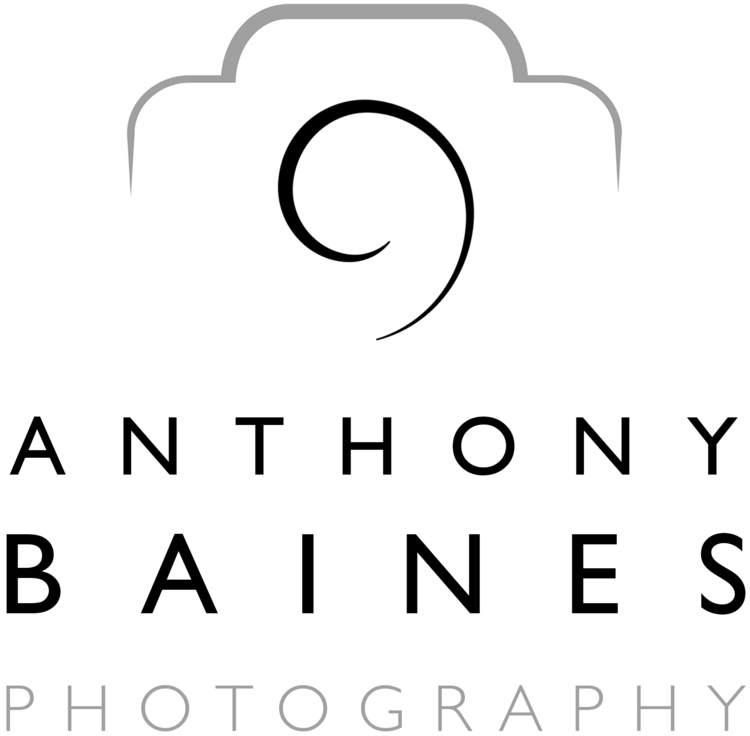e on a fairly regular basis for years now is to head up to my local airfield at Headcorn, here in the south-east of England, to spend some time practising and seeing how far I can push myself with slow shutter speeds.
My aim is to convey the speed of the aircraft. The small planes that are commonest at Headcorn don't go very fast — certainly compared to a fighter jet — but that provides an opportunity to take the shutter speed very slow, and get a strongly blurred background. This is making an artistic interpretation of an aircraft to communicate something of its essence; it is not about making a precise record of every last detail.
The other thing about a small field like Headcorn is that the viewing area is close enough to the runway that a long lens (400-600mm) with all its weight and inertia is not required. I used my 70-200mm lens for these shots.
The two pictures shown here were taken at 1/25 second. 1/25 sec is pushing the panning technique as far as it will go (or at least as far as I can get it to go) with these planes on this field.
The opening picture shows a plane that is sharp, but the background is extremely blurred, conveying speed. The undercarriage shows some motion blur as the plane moves over the rough grass strip. There's a parallax effect on the wing tip as it moves in front of the camera at a different relative speed to the fuselage. Together, these small elements of motion blur add to the dynamics of the image.
Robin DR400-120 Petit Prince (G-BNFV) at Headcorn. Sony A1, 70-200mm, 1/25, f/22, ISO50.
The second picture shows more motion blur in the plane itself. The Robin is taking off while doing circuits and bumps. The cockpit and crew are nicely sharp, but further away, especially at the tail, you can see blurring. I think this image conveys speed very clearly. To reiterate: this is about artistic impression, not a precise record.
With all these things, the question is what are you trying to convey, and are you prepared to lose a shot by pushing the technique as far as this? Using 1/25 for these kinds of shots is a low-yield procedure, and you have to be prepared to lose shots into total blur. It is shooting statistically, knowing that for any burst of pictures, there will be sufficient sharp shots to choose from. And the point of practising is to increase the frequency of well-framed, sharp shots.
Under other circumstances, if you've travelled a long way to see a specific bird or plane, for instance, you may not be prepared to lose shots.
Typhoon FGR4 ZJ920 on a very dull day at Coningsby. Sony A1, 200-600mm lens, 1/250, f/6.3, ISO800
To finish with, a photograph of a Typhoon at Coningsby from a couple of years ago. This was taken at 1/250 with my 200-600mm lens. This gives some nice motion blur, but not nearly as much as those shown above. The 200-600mm lens is bigger, heavier and harder to manage than the 70-200, plus the rate of rotation of the Typhoon is much greater. More importantly, having gone all the way to Lincolnshire, I wanted to be certain to come home with sharp shots. In this specific case, 1/250 gave me that. (As a case at the other end of the scale of shutter speeds, see the last pictures in this post with pelicans intentionally blurred at 1/15 sec.)
